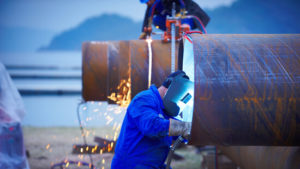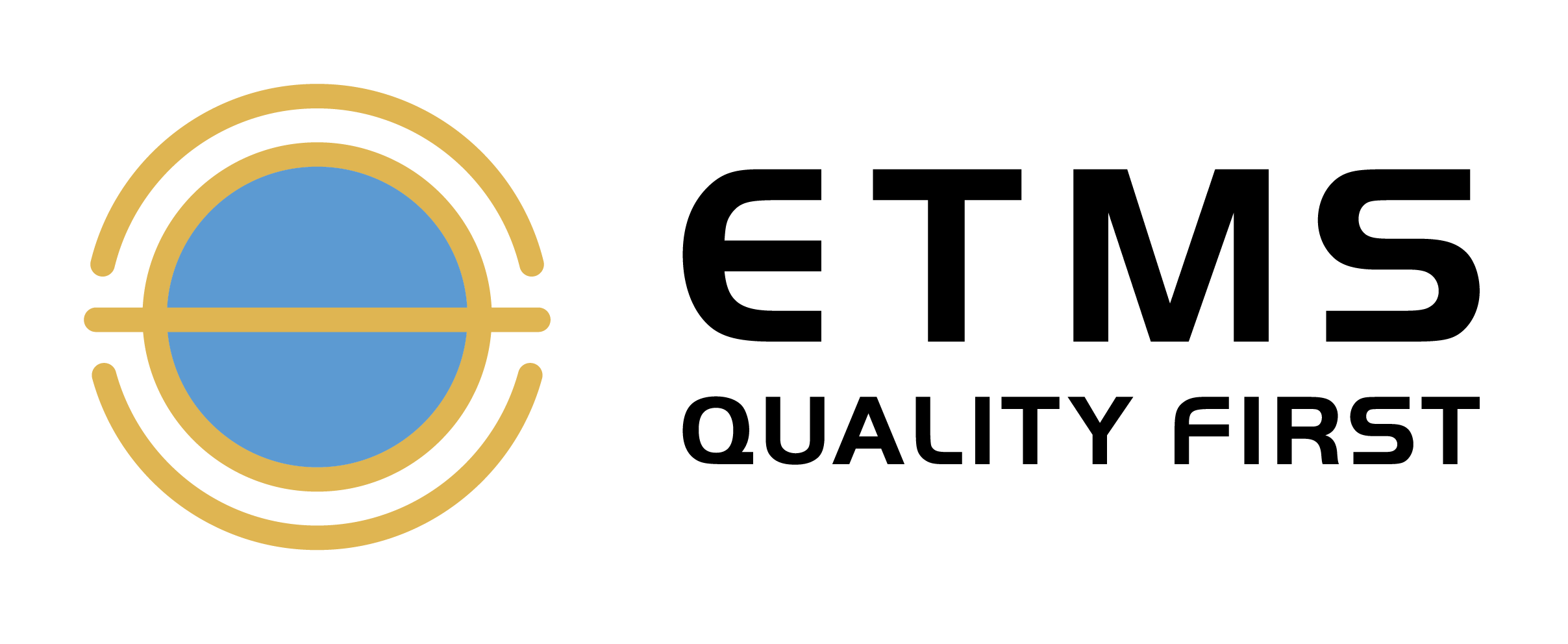QUESTION FROM A CUSTOMER:
We’re a mid-sized welding shop with a stellar reputation for our work. Unfortunately, we keep running into questions about our “Quality Program” which is stymying us from landing bigger jobs. Problem is, we don’t have one. Not officially, at least. Nor do we have the kind of budget to put into place the kind of programs we understand are present at larger firms. How can we implement a Quality Welding Program to be more competitive on our limited budget?
A: First question to consider is, “What are your firm’s business goals?” Depending on where you want to be in five years, you can then determine what level of Quality Welding Program you will need to reach that goal. If your goal is to become a top-tier contractor, investing in a full-blown Quality Welding Program is going to be key in today’s marketplace. Competition and liability issues are simply too immense at this level to operate by the seat of your pants. However, the price tag for such a comprehensive program will be out of reach for newer and smaller shops without sufficient bankroll. If your five-year goal is to achieve a solid reputation as a quality sub-level fabricator, then you will find that key investments in particular quality program (QP) elements are cost-effective ways to up your shop’s competitiveness.
One of the biggest profit killers we see for smaller shops is on the Prequal WPS front. Prequal requirements catch more mom-and-pop shops off-guard than almost any other. Proactively addressing this significant hurdle enables you to insert your foot into more doors and start competing more effectively. When you have Prequalified WPS documents in place, your profit margins go up.
 Of course, once you start increasing profits, you’ll want to lose no time considering extending investments into other elements of a QP. We have seen that having a QP documented is a huge advantage for shops of any size. If you can show a project owner that you not only have all the Prequals for any given procedure within your welding catalog, but that you also have a list of CWI’s on-call who train and qualify your welders, this can be a huge advantage for shops of any size. Such a QP establishes credibility with owner engineers who are more and more preferring to work only with shops that have their act together. Otherwise, they run a high liability risk. Help them lower liability and prove that you are ready to hit the ground running. Wouldn’t you choose such a shop over one that didn’t have these things in place?
Of course, once you start increasing profits, you’ll want to lose no time considering extending investments into other elements of a QP. We have seen that having a QP documented is a huge advantage for shops of any size. If you can show a project owner that you not only have all the Prequals for any given procedure within your welding catalog, but that you also have a list of CWI’s on-call who train and qualify your welders, this can be a huge advantage for shops of any size. Such a QP establishes credibility with owner engineers who are more and more preferring to work only with shops that have their act together. Otherwise, they run a high liability risk. Help them lower liability and prove that you are ready to hit the ground running. Wouldn’t you choose such a shop over one that didn’t have these things in place?
Another reality we see too often in our industry is that there are some owner engineers who say they don’t care if you have an in-house program; that they’re choosing to work with an independent, third-party inspector who will ask for WPSs and personnel qualifications. Worst thing a mom-and-pop could say is, “Ummm, we don’t have those.” Now, they’re on the verge of losing the contract.
With key QP elements, you not only avoid some of the biggest pitfalls but you’ll put your shop on the same playing field alongside “rock star” fabricators like Sheffield that have AISC or AWS approved programs. Now, you’re playing with the big dogs!
Answering this question makes me realize that a more in-depth article on the “Dos and Don’ts” of a comprehensive Quality Welding Program is warranted. Stay tuned for that, my friends. Until then…
Yours in Quality First,
“Generous” Dave Diaz



